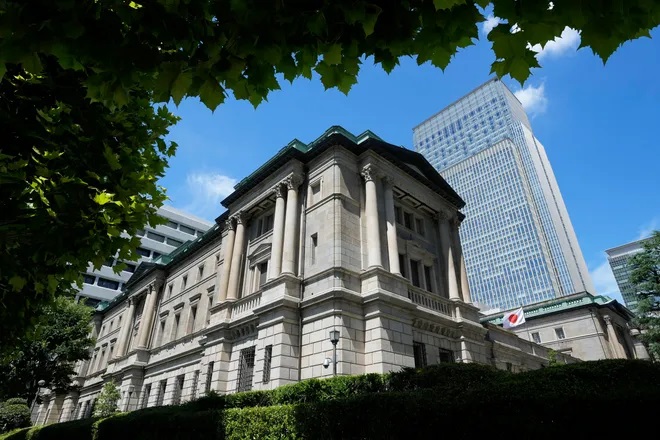The Wall Street Journal in an article “Negative-Yield Bonds Approach Final Days” highlighted that the outstanding amount of negative-yielding debt has almost declined toward zero. According to the Bloomberg index, it now stands at $254 billion, down from $18.4 trillion two years ago.
The reason for such a significant decline is that the high inflation rate in Europe prompted its central banks to raise their overnight rates from negative to positive.
What is a Negative Bond Yield?
A negative bond yield is when an investor receives less money at the bond’s maturity than their original purchase price. The buyer of bonds is effectively paying the bond issuer a net amount at maturity instead of earning a return through interest income.
Negative rates were attractive to borrowers because they, not the investors, got paid interest. Alternatively, negative rates encouraged bond investors to acquire assets other than government bonds in order to get a positive return.
Only the yields on Japanese government bills that mature in a year or less remain negative. The prevalent viewpoint is that the Bank of Japan will raise its target interest rates above zero next year because its core inflation increased at the fastest pace in nearly 41 years. If this occurs, then Japanese short-term bills would turn positive.
Why did Europe and Japan embrace negative rates?
This unusual phenomenon occurred because central banks in Europe and Japan kept interest rates below zero in order to encourage economic growth.
Why did investors purchase bonds that offered a negative return?
- Asset Allocation: Many money managers must meet specific requirements such as having a diversified portfolio to reduce the risk of loss from being too concentrated. Thus, asset managers must own bonds despite their negative yield.
- Safe-Haven Assets: In times of economic uncertainty, investors have an incentive to buy government bonds that they regard as safe investments (safe-haven assets) even if these bonds offer a negative return.
What has been the impact of negative rates?
Investors who wanted a positive return have chosen riskier investments such as stocks or bonds that have lower quality. In 2020 at the Berkshire Hathaway annual meeting, Warren Buffett addressed the issue of negative interest rates. He said, “If they (interest rates) are going to be negative for a long time, you better own equities or something other than debt. It is remarkable what has happened in the last 10 years. I have been wrong in thinking that you could really have the developments you have had without inflation taking hold.” In the past year, Buffett’s concern about inflation has been verified. He has said, “inflation swindles almost everybody.”
Buffett said, “Interest rates are to asset prices what gravity is to the apple. When there are low interest rates, there is a very low gravitational pull-on asset prices. High interest rates generally result in low stock valuations and low interest rates generally result in high stock valuations. Negative yields on many government bonds provided an environment for yearslong rally in equities until the end of 2021.
What new economic challenges forced central banks to abandon negative interest rates?
Specifically, to tackle high inflation, central banks have tightened credit and raised interest rates.
Lynda Schweitzer, co-head of global fixed income at Loomis Sayles, highlighted the problem that many of us have faced in a world of negative rates. She said, “Negative yields in Japan and Europe certainly made global fixed income very challenging to invest in.” In order to obtain a positive return, Loomis Sayles’ global-bonds team acquired riskier European and Japanese debt like corporate bonds and bonds backed by mortgages or car loans denominated in euros or Japanese yen.
Expect a continuation of the trend toward return on capital, as compared to return of capital.
Originally published in the Sarasota Herald-Tribune




